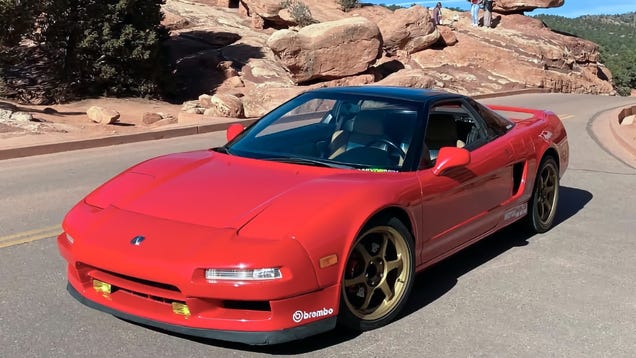 HDR (High Dynamic Range) photography is a relatively new digital imaging technique that is becoming increasingly popular. HDR seeks to address one of the principal shortcomings of the current crop of consumer CCD camera sensors, namely a compressed dynamic range. When I made the switch to digital, one of the first things I noticed was that the comparitive lack of range of dynamic range compared to film. By dynamic range I mean the amount of exposure between the brightest and darkest subjects in a photo that are visible. In everyday shooting, the narrower exposure window of digital cameras is more than offset by the incredible flexibility and power of their modern imaging software. Even my low rent Nikon D40 is capable of producing consistently excellent results merely using auto mode. The tables turn however when taking a shot with both bright lights and dark shadows, leaving you with washed out highlights or a dark subject. Enter HDR, the basic gist of HDR photography is to take three or more exposures per shot using the bracketing feature of your camera to vary the exposure widely enough to avoid washing out the highlights and at the same time bring out the detail in the shadows. I really enjoy low light photography, and after seeing a number of stunning HDR shots, I decided to give it a go. "Stuck in Customs" is a great website and resource for HDR techniques with a great tutorial on beginning HDR. Taking their advice I downloaded a trial version of Photomatrix HDR imaging software and went to town. Following the tutorial instructions I was easily able to produce the image above in 10-15 minutes and while I am not going to win a Pulitzer for it, I think it gives you an idea of the kind of results even a hack like myself can achieve. HDR is kindof a polarizing format, some purists loath it and in truth many practitioners over amp their photos to the point where they look like paintings. To me, that's O.K., I don't like everyone's music and I don't have to enjoy everyone's photography. A few side notes and recommendations; I recommend trying the free trial version of Photomatrix, it's easy to use, and fun to play with, you can use it as much as you want, but the trial version will put watermarks on your images like you see above. A tripod is pretty much required...I got a David & Sanford "Voyager" at Newtonville Camera for a reasonable price and it has been excellent, the staff at Newtonville is top rate as well. |
Dozens Killed as a Hospital Is Bombed in Myanmar’s Brutal Civil War
-
Jets from the Myanmar military dropped two bombs on the facility in
Mrauk-U, in what rebels and witnesses called a deliberate attack on
civilians.
3 hours ago







0 comments:
Post a Comment